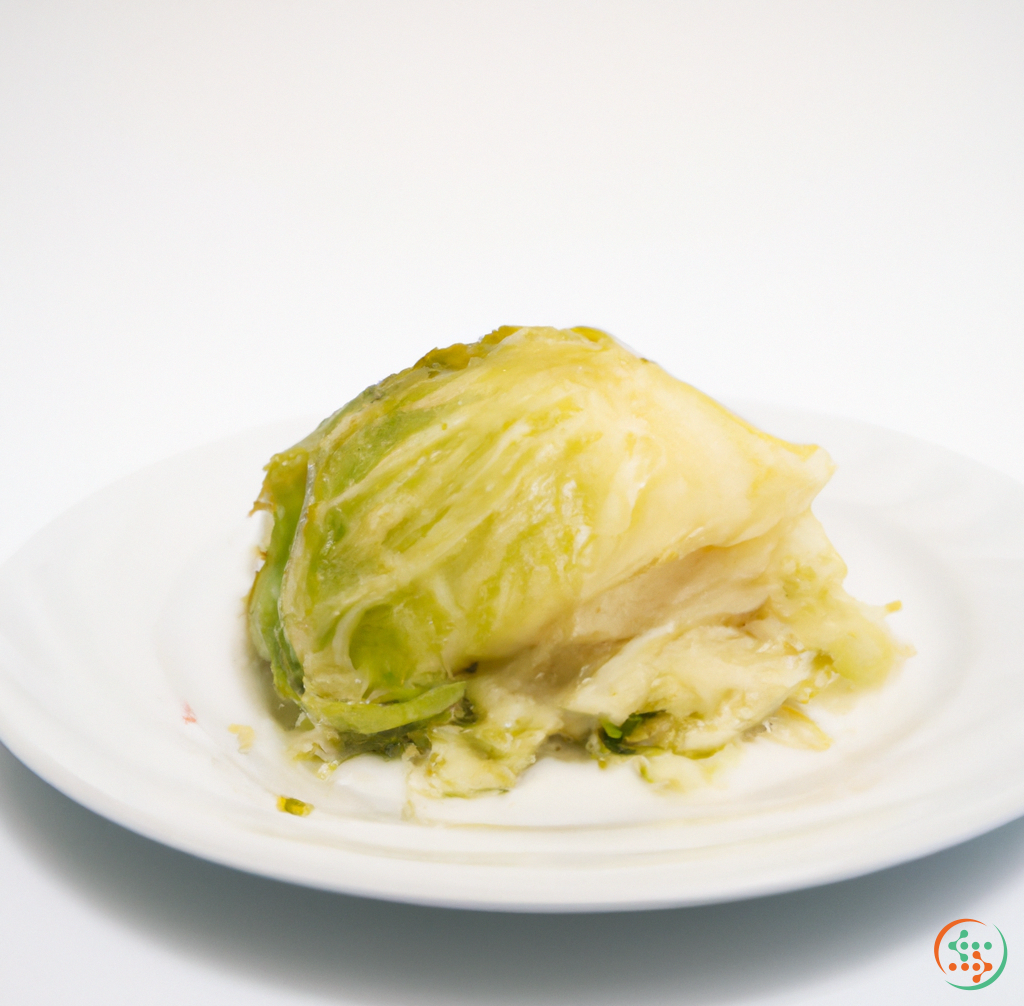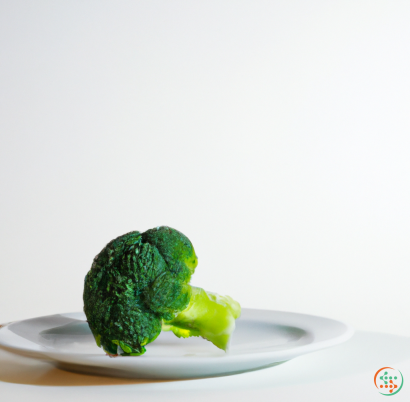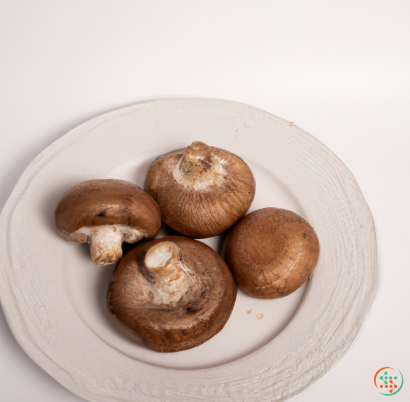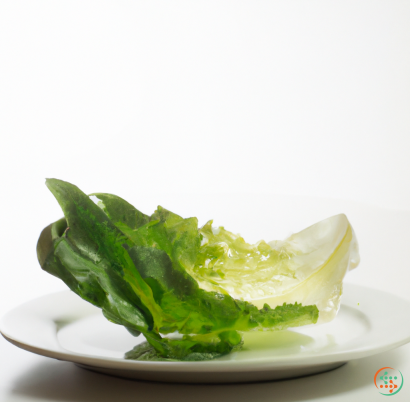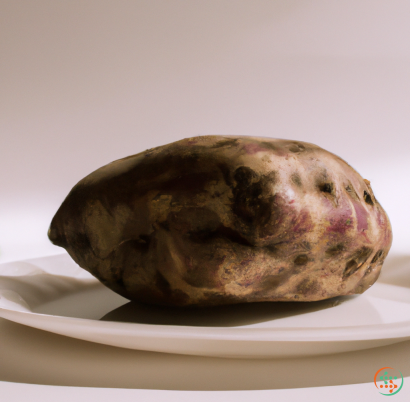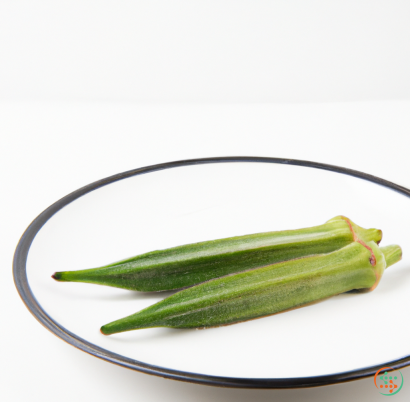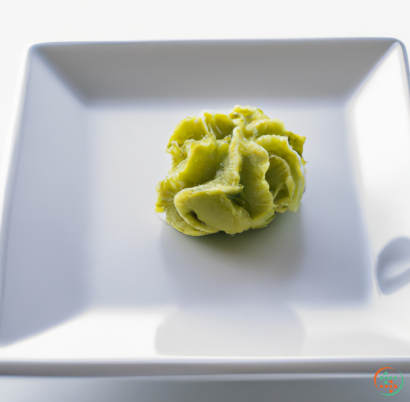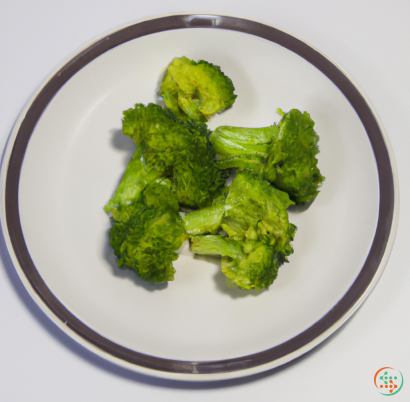Cooked Cabbage
When you hear the words "cooked cabbage", visions of steaming cabbage chop come to mind. But cooked cabbage is so much more than a side dish. Cabbage is an incredibly healthy vegetable that offers a wealth of nutritional benefits. That sunken cabbage Chop will never tasted better when you understand the scope of its potential.
Raw cabbage is full of Vitamin A and Vitamin C, as well as other essential vitamins and minerals like potassium, calcium, phosphorus, and magnesium. It's a great source of dietary fiber and has a low amount of fat and calories. All of this makes it ideal for anyone looking to improve their overall health.
There are different varieties of cabbage that can be used in a variety of different recipes and ways. Green cabbage, savoy cabbage, and red cabbage are the most commonly found varieties. The most common way to cook cabbage is boiling. Boiling is a great way to retain all of its nutritional value, as well as its natural flavors. It also releases some of the sulfur-containing glucosinolates, which have anti-cancer properties.
Sautéing or stir-frying is another method for cooking cabbage. This method is great for adding depth to cabbage dishes. You can also use it to enhance the flavor of certain dishes. Smaller portions of cabbage can be pan-fried or deep-fried. This method does cause some of the cabbage to lose its health benefits, but the flavor and crunch of a deep-fried cabbage wedge can't be denied.
Rice is often added to cabbage dishes, making a delicious side dish or even a main course. Fried rice with cabbage and other vegetables is one of the most popular types of comfort food around the world. Rice can be cooked with cabbage while boiling, stir-frying, or pan-frying.
Steamed cabbage is another option, and it's a great way to preserve the nutritional content of your food. If you steam your cabbage, you should make sure to check the temperature of the water, so that the cabbage retains its flavor. Steaming is also a great way to keep the texture of the cabbage intact.
Cabbage can also be pickled, which is sometimes done with salt. Pickled cabbage is common in Mediterranean dishes and other ethnic cuisines. The acidic flavors of vinegar and other pickling ingredients mix with the natural flavors of cabbage to give it a unique flavor.
Baked cabbage is one of the best ways to make cabbage dishes. Baking allows cabbage to retain a crispy texture on the outside while developing a soft center. It also allows the flavors to develop a bit more. Baked cabbage works great as a side dish for stews, soups, or barbecued meats.
Cabbage is a versatile vegetable that can be used in an endless variety of ways. It can be boiled, steamed, sautéed, stir-fried, fried, pickled, or baked. You can mix it with other vegetables and rice to make delicious and nutritious side dishes or meals. And don't forget about the nutritional benefits that cooked cabbage offers, as it's filled with essential vitamins and minerals. So the next time you need to serve something fast and healthy, just remember that cooked cabbage is always a great option.
Cooked Cabbage: From Farm to Table
When it comes to cooking, cabbage is a kitchen staple. From classic dishes like coleslaw to sautéed cabbage in Asian cuisine, this vegetable can be found in a variety of dishes around the world. But where does cooked cabbage come from? How does it get from farm to table?
In this blog post, we’ll explore the process of how cooked cabbage arrives on your dinner plate. We’ll start with a look at how cabbage grows and how it is harvested, before looking into how it is prepared and shipped to grocery stores and restaurants. Once you’ve finished reading, you’ll have a better understanding of the journey your food takes in order to be served up at your table.
From Seed to Crop: How Cabbage Grows
Cabbages are cruciferous vegetables, which means they grow in the family of vegetables known as Brassicaceae. This includes broccoli, Brussels sprouts, cauliflower, and kohlrabi, as well as several lesser-known varieties such as kale and savoy cabbage.
The wild ancestor of cabbage is believed to be a plant known as Brassica oleracea, which grew naturally in Europe and Asia over 2000 years ago. It was cultivated as a food crop by ancient Greeks, who also prized it for its medicinal properties. The Romans later used the plant extensively as both a food and a medicine.
Today, cabbage is grown year-round in most parts of the world. In the United States, there are two growing seasons for cabbage—spring and fall. Cabbage starts out as small, round seeds planted in the soil. The seeds need adequate moisture, light, and warmth to germinate, and can take up to five weeks to reach maturity.
Once established, cabbages are hearty plants that are resistant to insect and animal predation, making them ideal for commercial cultivation. As they grow, they form a head of loose leaves, which can range in size from a few inches in diameter to over 12 pounds. The head of cabbage will eventually form a tight dome as it matures.
Harvesting Cabbage for Market
Though cabbage can stay in the ground for several months, farmers usually harvest it when the heads of cabbage are dense and heavy. This helps ensure that the cabbage has reached its peak flavor and texture. Most commercial cabbage is grown on large farms and harvested by machines. The machines shake the plants to dislodge the cabbage heads, which are then collected and stacked in containers.
Once the cabbage is harvested, it is carefully washed and inspected to ensure it is free of pests, dirt, and other debris. The harvested heads of cabbage are then packed into crates or bags. These crates or bags are then loaded onto trucks and shipped to warehouses, processing centers, or grocery stores.
Preparing Cabbage for Market
When it reaches the grocery store or restaurant, the cabbage needs to be prepared for sale. In most cases, this involves washing and trimming. Any damaged or decayed leaves are removed, and the head of cabbage is cut into smaller pieces. This can include shredding or slicing into wedges. Once prepared, the cabbage is ready for sale. The cabbage can also be frozen or pickled for longer-term preservation.
Cooking Cabbage
Cooking cabbage brings out its flavor and texture. There are numerous ways to prepare cabbage, from boiling and steaming to baking and sautéing. Boiled cabbage is a classic dish that can be served warm or cold. Steamed cabbage is a healthy, low-calorie option that is mild and tender. Sautéed cabbage is a popular option in Asian cuisine, where it adds a crunchy, nutty flavor to stir-fries and other dishes. Baked cabbage makes a great side dish with meat or fish, and is a flavorful addition to casseroles.
Regardless of the method chosen, cooked cabbage will typically last for several days in the refrigerator and can also be frozen for later use.
Getting Cabbage to Dinner Plates
From the grocery store, cooked cabbage will travel to the home of the consumer. Many restaurants serve cooked cabbage as part of their menu, either in salads, side dishes, or main dishes. In some cases, home cooks may also buy fresh heads of cabbage at farmer’s markets or roadside stands and cook them at home.
Conclusion
When it comes to cooking, cabbage is a versatile and nutritious vegetable. From farm to table, cabbage takes an interesting journey from seed to store shelf, and then onto our dinner plates. Knowing the process that it goes through helps us appreciate the amazing flavors and textures that this humble vegetable provides. With this knowledge, we can make sure that our cabbage is always of the highest quality and that we are getting the most out of this amazing ingredient.
| Vitamin A | 0.004 mg | |
| Beta-Carotene | 0.048 mg | |
| Vitamin E | 0.14 mg | |
| Vitamin K | 0.1087 mg | |
| Vitamin C | 0.0375 grams | |
| Vitamin B1 | 0.06 mg | |
| Vitamin B2 | 0.04 mg | |
| Vitamin B3 | 0.25 mg | |
| Vitamin B4 | 0.0203 grams | |
| Vitamin B5 | 0.17 mg | |
| Vitamin B6 | 0.11 mg | |
| Vitamin B9 | 0.03 mg |
| Calcium | 0.048 grams |
Daily Value 1.3 g
|
| Iron | 0.17 mg |
Daily Value 0.018 g
|
| Magnesium | 0.015 grams |
Daily Value 0.4 g
|
| Phosphorus | 0.033 grams |
Daily Value 1.25 g
|
| Potassium | 0.196 grams |
Daily Value 4.7 g
|
| Sodium | 0.008 grams |
Daily Value 2.3 g
|
| Zinc | 0.2 mg |
Daily Value 0.011 g
|
| Copper | 0.02 mg |
Daily Value 0.9 mg
|
| Manganese | 0.21 mg |
Daily Value 0.0023 g
|
| Selenium | 0.6 ug |
Daily Value 0.055 mg
|
| Fluoride | 0.001 mg |
Daily Value 0.004 mg
|
| Tryptophan | 0.011 grams | |
| Threonine | 0.035 grams | |
| Isoleucine | 0.03 grams | |
| Leucine | 0.041 grams | |
| Lysine | 0.043 grams | |
| Methionine | 0.012 grams | |
| Cystine | 0.011 grams | |
| Phenylalanine | 0.032 grams | |
| Tyrosine | 0.019 grams | |
| Valine | 0.042 grams | |
| Arginine | 0.074 grams | |
| Histidine | 0.022 grams | |
| Alanine | 0.042 grams | |
| Aspartic Acid | 0.121 grams | |
| Glutamic Acid | 0.292 grams | |
| Glycine | 0.03 grams | |
| Proline | 0.048 grams | |
| Serine | 0.052 grams |
| Glucose | 1.62 grams |
|
| Fructose | 1.16 grams |
|
| Total Sugars | 2.8 grams |
per 100g
|
| Oleic acid (18:1) | 0.01 grams |
|
| Palmitoleic acid (16:1) | 0.01 grams |
|
| Total Monounsaturated fatty acids: | 0.02 g | |
| Linolenic acid (18:3) | 0.01 grams |
|
| Linoleic acid (18:2) | 0.01 grams |
|
| Total Polyunsaturated fatty acids: | 0.02 g | |
| Phytosterols | 0.01 grams |
|
| Total Sterols: | 0.01 g | |
